记录|深度学习100例-卷积神经网络(CNN)彩色图片分类 | 第2天
1. 彩色图片分类效果图
数据集如下:
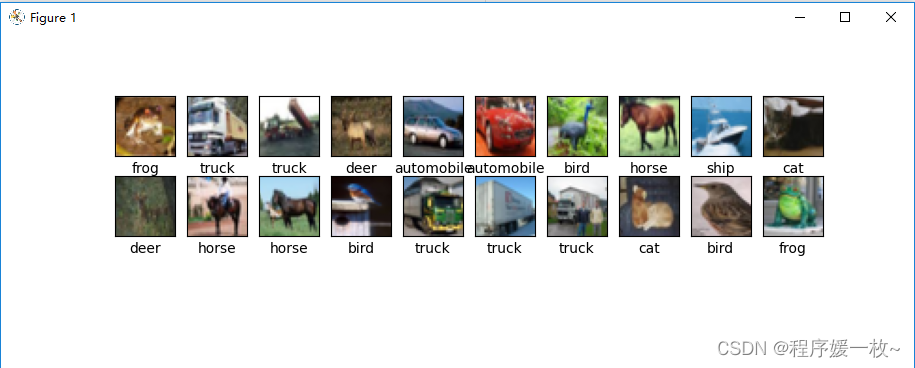 测试图1如下
测试图1如下
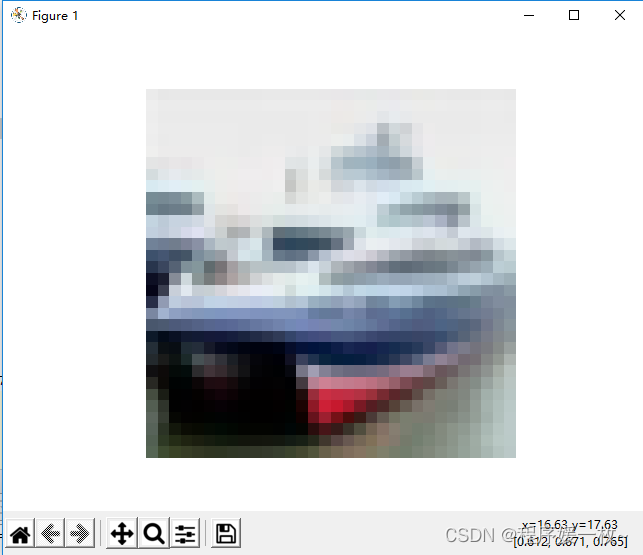
训练/验证精确图如下:
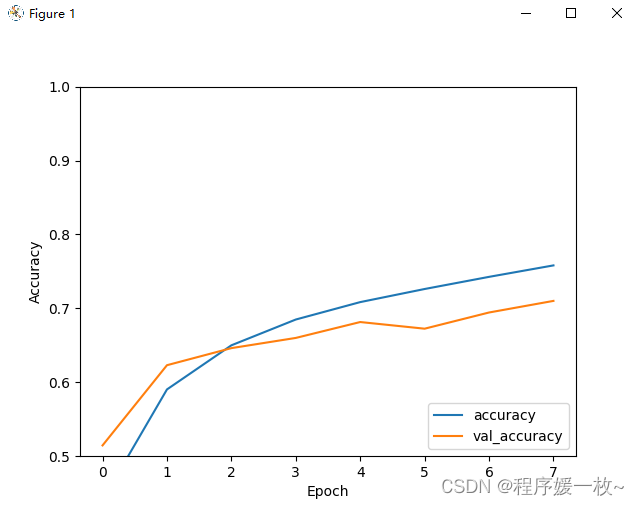
优化后:测试图——打印预测标签:
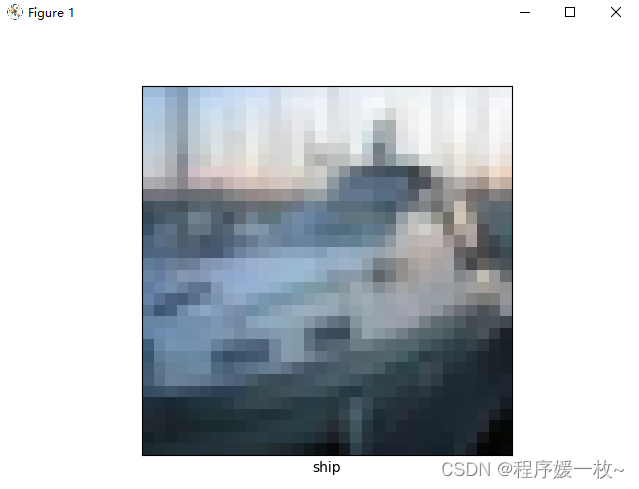
优化后:测试图——打印 预测标签和真实的标签到图像:
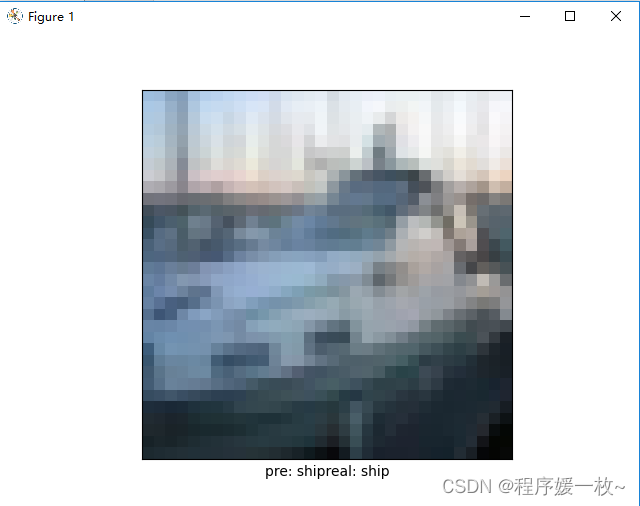
优化后绘制完整的损失/精确度图:
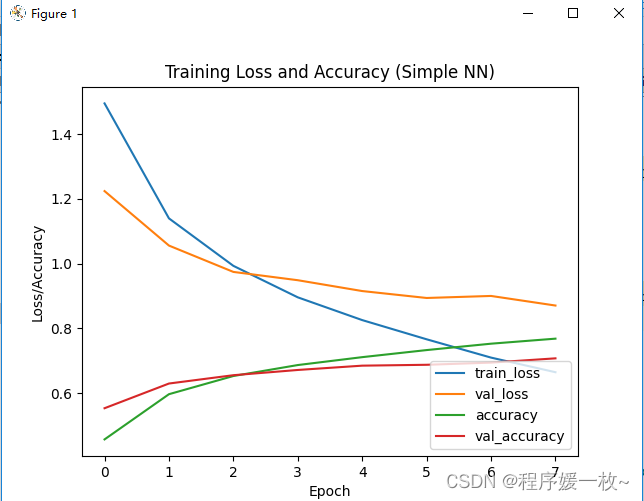
2. 源码
# 深度学习100例-卷积神经网络(CNN)彩色图片分类 | 第2天
# USAGE
# python img_rgb2.py
import matplotlib.pyplot as plt
import numpy as np
import tensorflow as tf
from tensorflow.keras import datasets, layers, models
gpus = tf.config.list_physical_devices("GPU")
if gpus:
gpu0 = gpus[0] # 如果有多个GPU,仅使用第0个GPU
tf.config.experimental.set_memory_growth(gpu0, True) # 设置GPU显存用量按需使用
tf.config.set_visible_devices([gpu0], "GPU")
# 导入数据
(train_images, train_labels), (test_images, test_labels) = datasets.cifar10.load_data()
# 将像素的值标准化至0到1的区间内。
train_images, test_images = train_images / 255.0, test_images / 255.0
print(train_images.shape, test_images.shape, train_labels.shape, test_labels.shape)
class_names = ['airplane', 'automobile', 'bird', 'cat', 'deer', 'dog', 'frog', 'horse', 'ship', 'truck']
# 可视化
plt.figure(figsize=(20, 10))
for i in range(20):
plt.subplot(5, 10, i + 1)
plt.xticks([])
plt.yticks([])
plt.grid(False)
plt.imshow(train_images[i], cmap=plt.cm.binary)
plt.xlabel(class_names[train_labels[i][0]])
plt.show()
# 构建网络
model = models.Sequential([
layers.Conv2D(32, (3, 3), activation='relu', input_shape=(32, 32, 3)), # 卷积层1,卷积核3*3
layers.MaxPooling2D((2, 2)), # 池化层1,2*2采样
layers.Conv2D(64, (3, 3), activation='relu'), # 卷积层2,卷积核3*3
layers.MaxPooling2D((2, 2)), # 池化层2,2*2采样
layers.Conv2D(64, (3, 3), activation='relu'), # 卷积层3,卷积核3*3
layers.Flatten(), # Flatten层,连接卷积层与全连接层
layers.Dense(64, activation='relu'), # 全连接层,特征进一步提取
layers.Dense(10) # 输出层,输出预期结果
])
model.summary() # 打印网络结构
# 编译模型
model.compile(optimizer='adam',
loss=tf.keras.losses.SparseCategoricalCrossentropy(from_logits=True),
metrics=['accuracy'])
# 训练模型
history = model.fit(train_images, train_labels, epochs=8,
validation_data=(test_images, test_labels))
pre = model.predict(test_images)
print('pre: ' + str(class_names[np.argmax(pre[2])]) + ' real: ' + str(class_names[test_labels[2][0]]))
plt.imshow(test_images[2])
plt.xticks([])
plt.yticks([])
plt.xlabel('pre: ' + class_names[np.argmax(pre[2])] + ' real: ' + str(class_names[test_labels[2][0]]))
plt.show()
plt.plot(history.history["loss"], label="train_loss")
plt.plot(history.history["val_loss"], label="val_loss")
plt.plot(history.history['accuracy'], label='accuracy')
plt.plot(history.history['val_accuracy'], label='val_accuracy')
plt.title("Training Loss and Accuracy (Simple NN)")
plt.xlabel('Epoch')
plt.ylabel('Loss/Accuracy')
# plt.ylim([0.5, 1])
plt.legend(loc='lower right')
plt.show()
test_loss, test_acc = model.evaluate(test_images, test_labels, verbose=2)
print(test_acc)